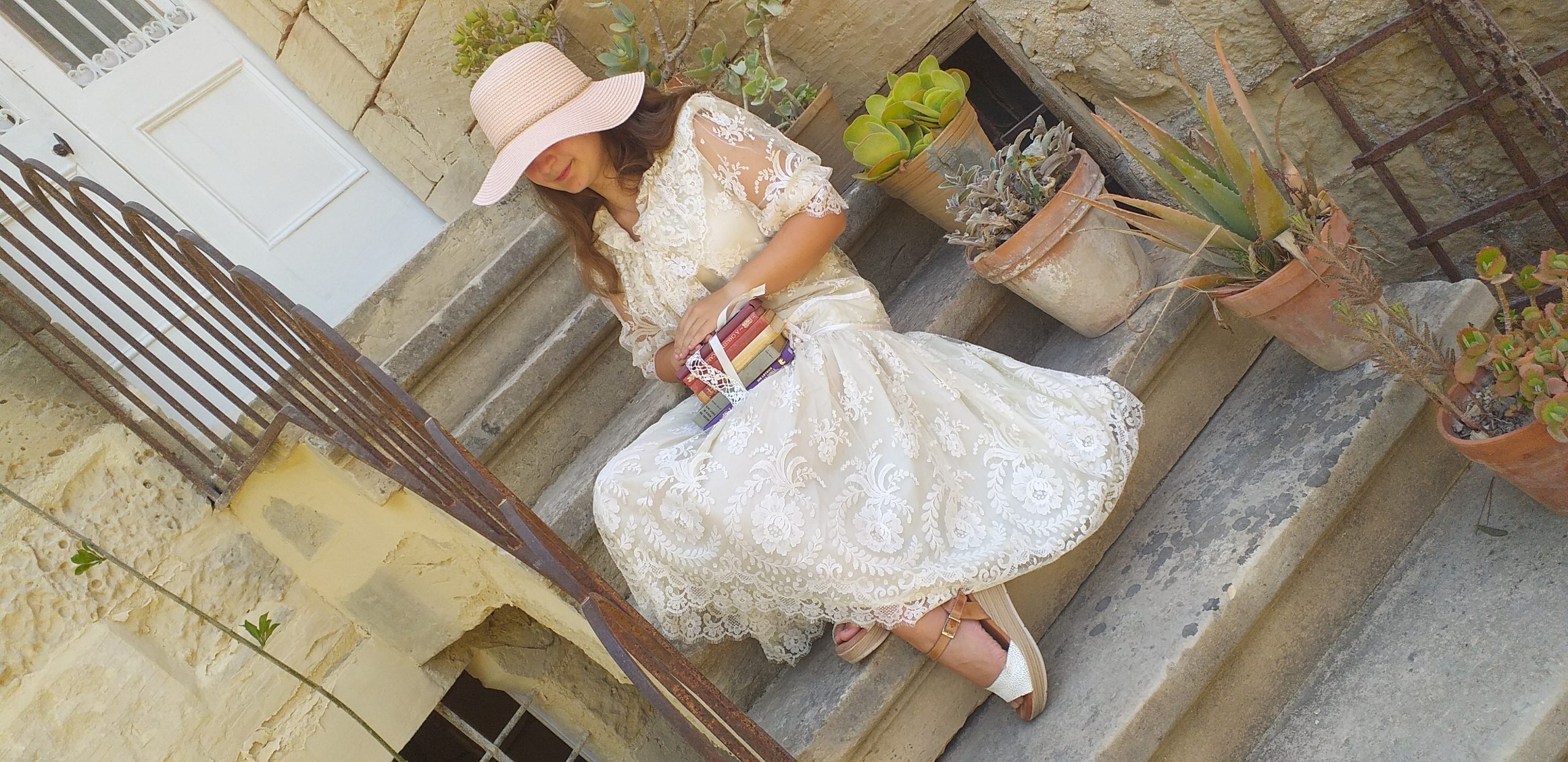by Julia Degiorgio and Keira Chetcuti
Introduction:
When one thinks of exercises the first idea that pops into their head is to lose weight. But partaking in any form of exercises does so much more to one’s overall health. Exercise does help to lose and/or maintain a healthy weight, but it also helps to prevent cardiovascular diseases, metabolic syndrome, type 2 diabetes and certain cancers. Moreover, exercises strengthen one’s bones and muscles, improve brain structural function which will improve one’s thinking, learning and judgement skills and also improve one’s sleeping patterns and sexual health. In addition, exercise is very helpful to those who suffer from a mental disorder (Benefits of Exercise, 2021).
To do exercises one does not need to plan it into their daily timetable but can find alternative ways to include physical activities in their current plans. Small changes to make your day more active can make a huge difference for the better. Such as try to avoided using the elevator and take the stairs, or walk or use a bike to go somewhere where is not far. These changes can be easily done by just a quick google search on how to male exercise part of your regular routine (Benefits of Exercise, 2021).
Keira’s Personal Journey to Fitness:

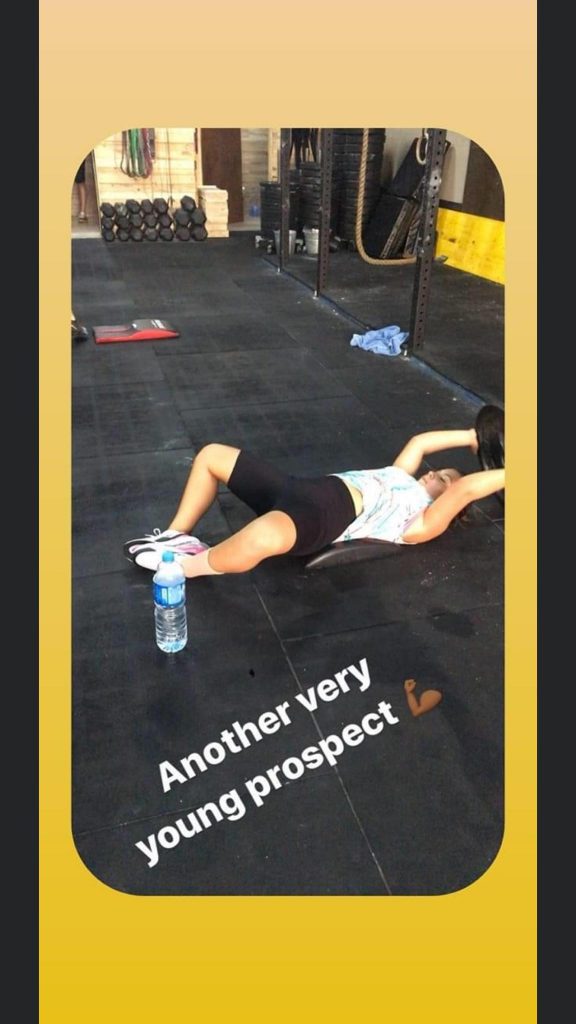
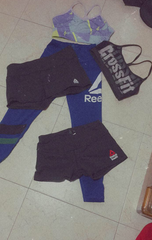
“I started CrossFit when I was 12 years old. Fitness is something that changed my life. My mental health has got better by doing CrossFit. To help de-stress I would recommend going for a walk or a short run {even if it’s only 1 km}. Yoga can also help! It makes one focus on what they are doing. I suggest going to the beach early in the morning and doing yoga there because it is very relaxing. Below there are going to be short workouts you can do. So put on your favourite music, go for a run, walk, go on a bicycle ride or do a workout and have fun!”
Fitness Starts Now:
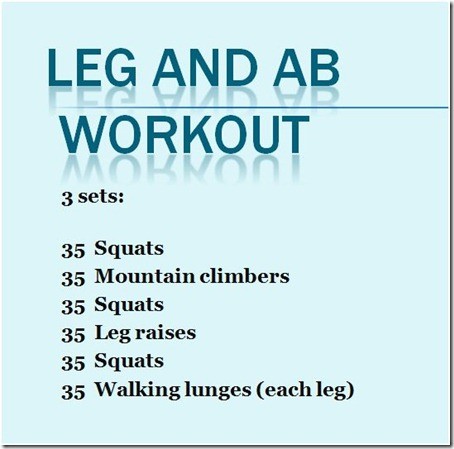
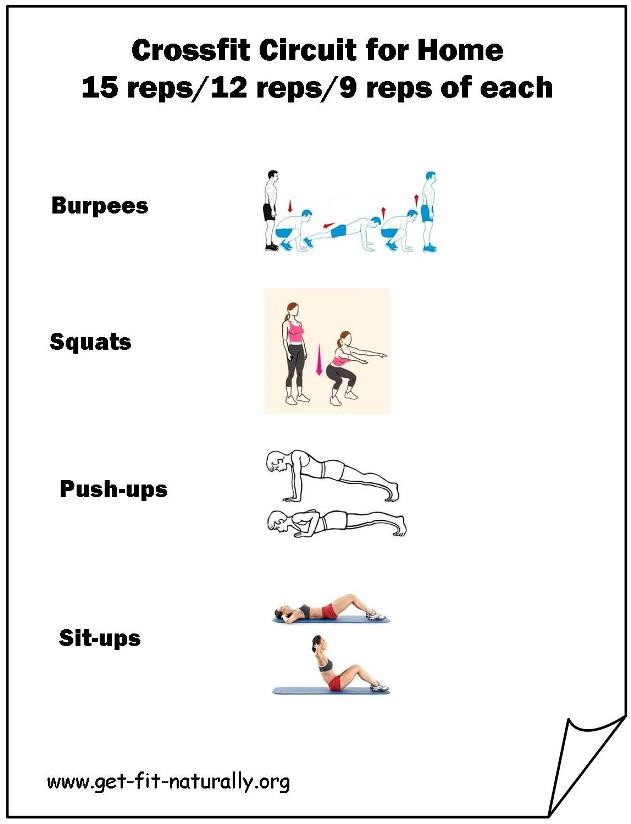
Squats:
When executing a squat multiple muscles and joints are at use, this is known as a compound movement. The main muscles used are the quadriceps and glutes. In addition, the hamstring and hip flexors are also in use. Squats work the muscles surrounding the knee, which helps in the preventions of injuries. The core muscles are fired up whilst executing a squat in order to gain balance. Working the core muscles helps in reducing the risk of any lower back pain (Sgobba, 2020).
- Stand straight with feet shoulder width apart and contract the core muscles.
- Push your hip to the back whilst bending your knees as you slowly go down into the squat until your knees are at 90°.
- Push down on your heels as you slowly go back up in a standing position to activate all the muscles working (McCoy, 2021).
Mountain Climbers:
Mountain climbers help to build one’s cardiovascular endurance, agility and core strength. Mountain climbers gets the whole body moving as it engages several different muscle groups. When performing a mountain climber, the chest, arms, shoulders and core muscles are activated. Were the arms, shoulder and chest stabilise the upper body and the core stabilizes the rest of the body. Moreover, it also works on the quadriceps and get your heart pump in as it is a cardiovascular exercise (Waehner, 2021).
- Position yourself in a high plank position, with hand flat on the floor and shoulder width apart, arms should be straight aligning the shoulders above the wrist, core engaged, legs full extended and on toes.
- Start with leg of preference a draw it up to your chest
- Return the drawn leg to starting position
- Now draw the other leg to your chest
- Return your leg to the starting position.
- Keep alternating your legs at a steady and quick pace
- Continue performing reps, moving quickly and alternating sides. Make sure to keep your core engaged and back flat throughout (McCoy, 2021).
Leg raises:
Lying leg activate the hip flexors which aids to improve running, back posture, and squat. Lying leg raises can also aid to relieve low back pain, since it improves overall strength and stabilization of your core (Schultz, 2019).
- Lie flat on your back with straight legs forward and straight arms at the side and slightly press your hands against the floor.
- Before lifting your legs straight up and stop right before your back leaves the floor, exhale. Then proceed with lifting your legs.
- After lifting your legs gently lower your legs whilst keeping your back in contact with the ground at all times, and freeze right before your feet hit the floor and hold for a faction of a second. That’s one repetition.
- Repeat (Boly, 2021).
Walking lunges:
Walking lunges is a type of exercise that strengthens the leg muscles such as calves, glutes, hamstrings and quadriceps. Furthermore, it also helps to improve the core and hips. Walking lunges aid in increasing the range of motion through flexibility, and loosen up your hamstrings and hips. In the long run balance and posture are improved (Chertoff, 2019).
- Stand up straight with your feet shoulder-width apart and hands on your hips.
- Step forward with your one leg, putting the weight into your heel.
- Bend the knee, and bring it parallel to the floor forming the lunge position. Pause for a breath.
- Without moving the leg that was brought forward, move the other foot forward, and repeat everything with the other leg.
- Keep on repeating this movement, by alternating legs to move forward (Chertoff, 2019).
Burpees:
During burpees one is using his own body as resistance this in known as calisthenics exercise. Burpees, give a full body workout with the aim to increase stamina and muscle strength in both the upper and the lower body. Muscles which are being strengthened are the chest, abdomen, arm, hips, glutes and legs (Roland, 2019).
- Jump straight up with arms above your head as if to reach the celing.
- When landing land with feet shoulder width apart, move into a deep squat position with your knees bent and back straight.
- Bring your hands down and touch the floor in front of your feet.
- Shift weight onto your hands and kick your feet back extending your legs straight behind you landing on your toes.
- Make sure to use your core muscles to help you keep your body straight from head to toe
- Perform a push up.
- Kick both feet inwards towards your chest.
- And again jump high as possible with arms straight up over your head
- Repeat (Roland, 2019).
Push ups:
Executing a push up pushes the upper body to activate the deltoids, chest bicep and triceps. It also works on the gluteal and hip muscles. The push-up is a compound exercise involves multiple muscles and joints (Quinn, 2021).
- Get on your knees and a flat hand with your arms slightly over shoulder width apart. Leave your elbows slightly bent. Extend your legs back on your toes hip-width apart.
- Engage your core muscles as tight as possible.
- Inhale slowly as you slowly bend your elbows moving your whole body towards the floor, until your elbows are at 90°.
- Push upwards and contract your chest as you exhale
- Repeat (Quinn, 2021).
Sit ups:
Sit ups are a compound movement as multiple muscles are at work which include the neck, hip flexors, lower back, core and the chest (Cherney, 2020).
- Lie back straight on the floor.
- Bend your knees and place feet flat firmly on the floor.
- Put your hand on your chest touching your shoulders in a cross formation.
- Contract your abdominals to curl your upper body upward towards your knees. Exhale as you lift.
- slowly roll your back from the lower to the upper end of your spin and lie straight flat on the floor in the starting position
- Repeat (Cherney, 2020).
Attention: It is always recommended that you get expert and medical advice before starting any exercise programme.
References
Benefits of Exercise. (2021, August 27). Retrieved from Medline PLus: https://medlineplus.gov/benefitsofexercise.html
Boly, J. (2021, January 6). How to Do Leg Raises the Right Way. Retrieved from Men’sHealth: https://www.menshealth.com/fitness/a35140310/leg-raises/
Cherney, K. (2020, June 29). Situps vs. Crunches. Retrieved from healthline: https://www.healthline.com/health/fitness-exercise/sit-ups-vs-crunches
Chertoff, J. (2019, June 24). How to Step Up Your Workout with Walking Lunges. Retrieved from healthline: https://www.healthline.com/health/exercise-fitness/walking-lunges
McCoy, J. (2021, August 12). A 10-Minute Upper-Body Workout for Stronger Arms and Shoulders. Retrieved from SELF: https://www.self.com/gallery/quick-upper-body-workout
Quinn, E. (2021, August 26). How to Do Push-Ups: Proper Form, Variations, and Common Mistakes. Retrieved from verywellfit: https://www.verywellfit.com/the-push-up-exercise-3120574
Roland, J. (2019, September 18). The Benefits of Burpees and How to Do Them. Retrieved from healthline: https://www.healthline.com/health/how-to-do-a-burpee
Schultz, R. (2019, January 4). How To Do Lying Leg Raises To Seriously Tone Your Lower Abs. Retrieved from Women’sHealth: https://www.womenshealthmag.com/fitness/a25737805/lying-leg-raises/
Sgobba, C. (2020, April 29). How to Do Squats Correctly to Make the Most of the Move. Retrieved from SELF: https://www.self.com/story/5-ways-youre-probably-doing-squats-wrong
Waehner, P. (2021, June 30). How to Do Mountain Climbers. Retrieved from verywellfit: https://www.verywellfit.com/mountain-climbers-exercise-3966947

